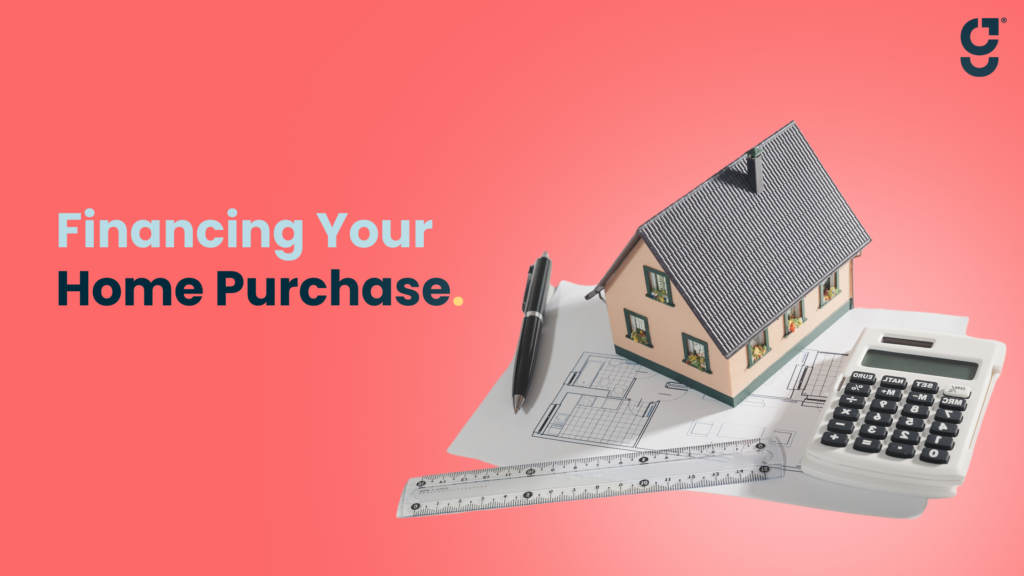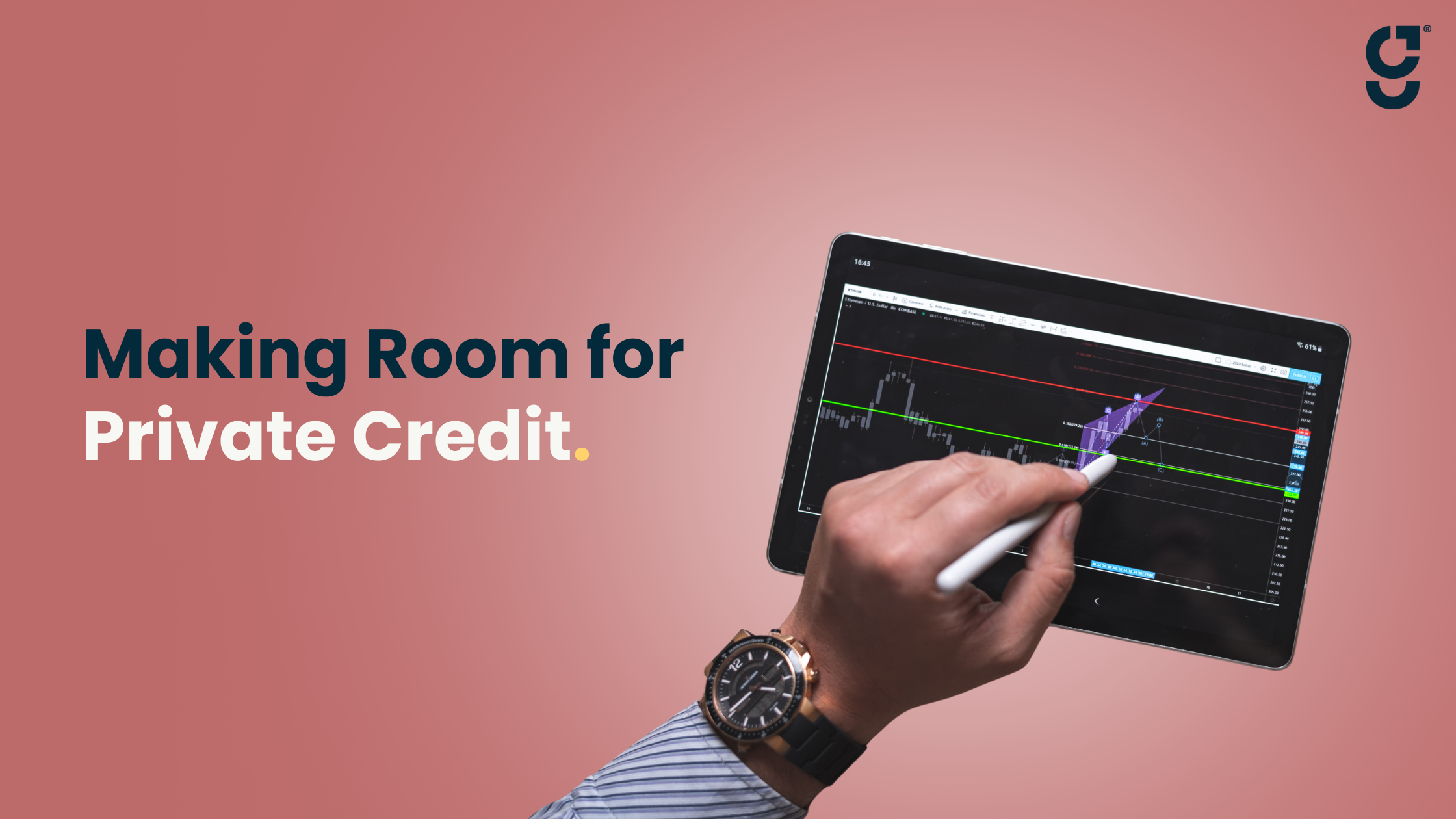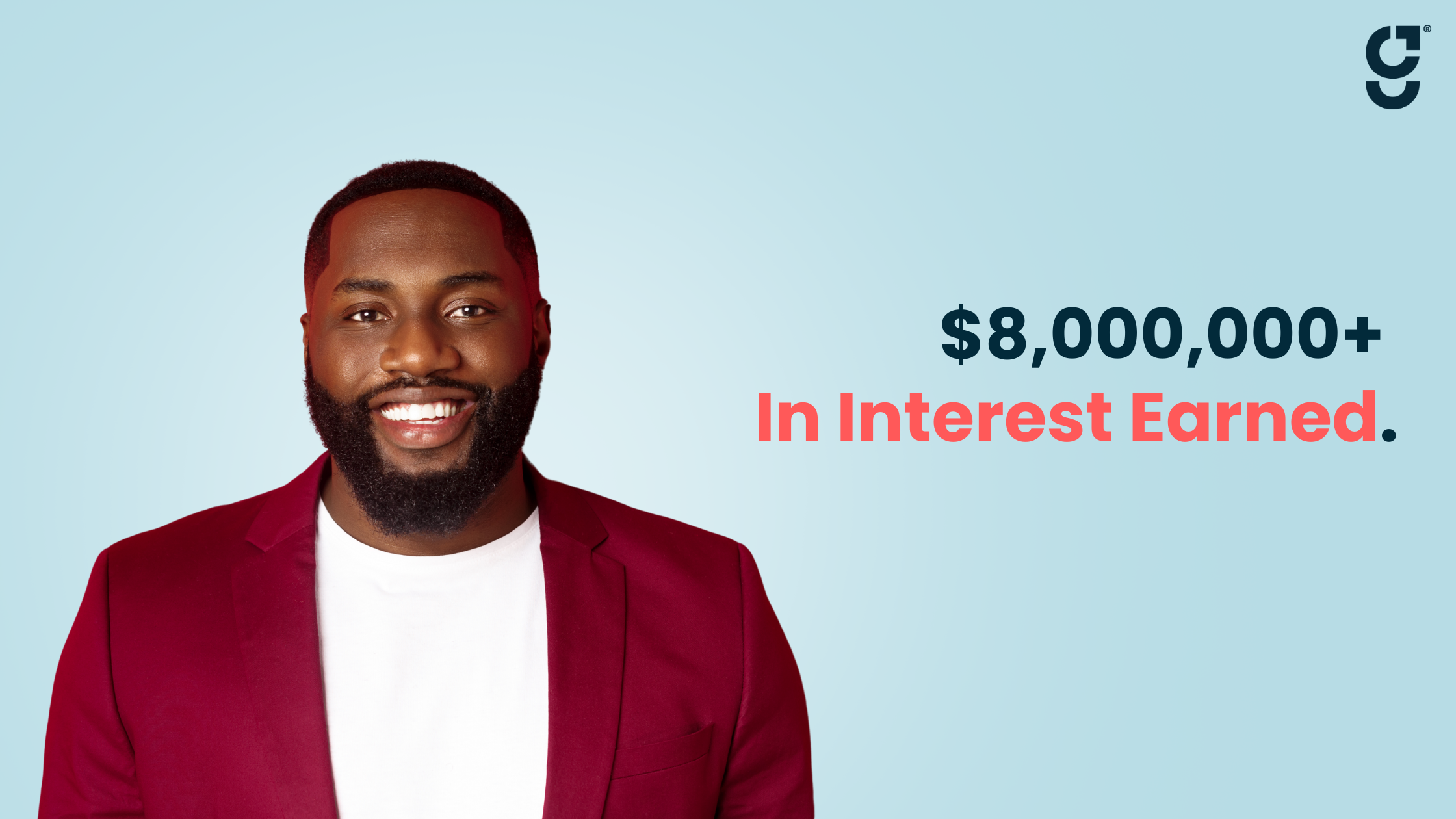Can I use a Personal Loan as a Down Payment? Personal loans are great financial tools that can be used to gain access to much-needed funds required to cover a pressing expense. You can use the borrowed funds to cover costs such as car repairs or home improvement projects.
But what about borrowing the money needed for a down payment to buy a home? Can you take out a personal loan to be used as part of your down payment?
Down Payments in Canada
A down payment is a sum of money needed to purchase a home and qualify for a mortgage in Canada. The amount of money you will need to have for your down payment depends on a few things, including the purchase price of the house and the type of mortgage you apply for.
In Canada, potential homeowners must make a minimum down payment of 5% for the first $500,000 of the purchase price, plus 10% for amounts between $500,000 and $1.5 million, plus 20% for any amount above $1.5 million. When consumers make a down payment less than a 20%, they must also have mortgage default insurance.
With that being said, the minimum required down payment is still a lot of money, especially when considering the high prices of homes in many cities across Canada. This is why many Canadian consumers consider borrowing to cover the cost of a down payment.
Is It Possible To Use a Personal Loan as a Down Payment?
There are rare circumstances in which a personal loan may be used for a down payment, but it will depend on the lender you work with and whether or not they permit this approach. Moreover, even if your lender approves, most will still want you to contribute some of your own money rather than borrowing the entire down payment amount.
The reason for this is not because a personal loan is restricted from being used as a down payment, but because the lender wants to know that you are financially stable to handle a mortgage. Lenders may not look favourably on applicants who need to borrow money that in turn will be used to borrow more money in the form of a mortgage.
Why Your Mortgage Lender Wants a Traditional Down Payment
The purpose of a down payment is not to borrow 100% of the money needed to buy a home. A down payment is an upfront cost that reduces the borrowing risk for the lender in the event the borrower defaults. As such, lenders often want a traditional cash down payment for the following reasons:
Payment Issues
Using a personal loan for a down payment will increase your debt load, which will have a significant impact on your debt-to-income ratio. If this number is too high, it means your income is already being stretched too thin to cover what you currently owe to other creditors or lenders. That means a smaller portion of your income will be available to pay a mortgage on top of all the other debt you are responsible for repaying.
By adding a personal loan to the mix, you’ll just be adding more financial burden, which may signify to the lender that a mortgage may be too much for your current finances to handle.
Financial Stability
Having enough money for a down payment will show the lender that you are financially capable of contributing to the home purchase without having to borrow the entire amount. It will also show the lender that you are financially ready to become a homeowner. Ultimately, having enough money in your own savings account to cover the down payment puts you in a better financial position, and the lender may see you as a less risky applicant.
Disadvantages To Using a Personal Loan as a Down Payment
Adding more debt – The biggest drawback to using a personal loan as a down payment is the fact that you will be taking on more debt. Not only will you be responsible for paying back your mortgage, but you’ll have the personal loan debt to pay off as well.
Lowering your chances of mortgage approval – In addition to adding more financial burden to your plate, you will also be weakening your financial position in the eyes of your lender. As mentioned earlier, you will be increasing your debt-to-income ratio by taking out another loan, which can affect your ability to get approved for a mortgage.
Higher interest rate – Borrowers who are considered high risk, may only be able to qualify for a higher interest rate. Adding an additional debt payment to the books (especially if you already have a significant amount of debt) can increase your risk level in the eyes of your potential lender.
Alternative Down Payment Options
It can be tough to come up with a down payment, especially when you consider the cost of real estate in Canada. For instance, a house in Toronto now costs on average $1,061,700, while the average cost of a house in Vancouver is $1,276,716. A down payment at these prices can take an exorbitant amount of time to save up, and may be prohibitive for many Canadians.
While there may be situations where a lender may permit the use of borrowed funds from a personal loan, there are other options that you may want to explore, including the following:
The Home Buyers’ Plan (HBP) – This government program allows first-time home buyers to withdraw from their RRSP accounts to purchase a home. Buyers can use up to $60,000 of RRSP savings (or $120,000 per couple). The money withdrawn from the RRSP must be repaid within 15 years.
Government Assistance – The federal and provincial governments provide various down payment assistance programs that help make buying a home a reality for buyers who do not have the financial means to do it on their own. For example, Ontario offers a number of programs, for example:
- Investment in Affordable Housing program
- The Canada-Ontario Community Housing Initiative
- Housing for off-reserve Indigenous families
Buyers who need help may want to get in touch with their government office to see what is available to them.
Final Thoughts
While using a personal loan as a down payment is an option that certain consumers should consider, careful consideration should be made first. It’s important to understand how it will not only affect your ability to get approved for a mortgage through the lender you’re interested in but also how you will be able to manage the extra financial burden.
Disclaimer: goPeer offers unsecured personal amortizing loans throughout Canada in amounts from $1,000 to $35,000 with terms of 3 or 5 years and annual percentage rates (“APR”) between 8.99% and 34.99%, depending on an assessment of the borrower’s credit profile, financial position, and ability to service the loan. If a payment is unsuccessful, goPeer may charge an unsuccessful payment fee of $50. If a payment is late 30 or more days, goPeer may charge a late payment fee of $25 or 5% of the payment due, which ever is greater. goPeer charges an origination fee included in the advertised APR. There are no other fees on loans. Loans are subject to credit and underwriting approval and lending rules may vary by province. For example, the average borrowing cost paid on a $10,000 unsecured personal loan at an APR of 19.99%, with a 3-year term and weekly payments of $85.36 is $3,301.20.




